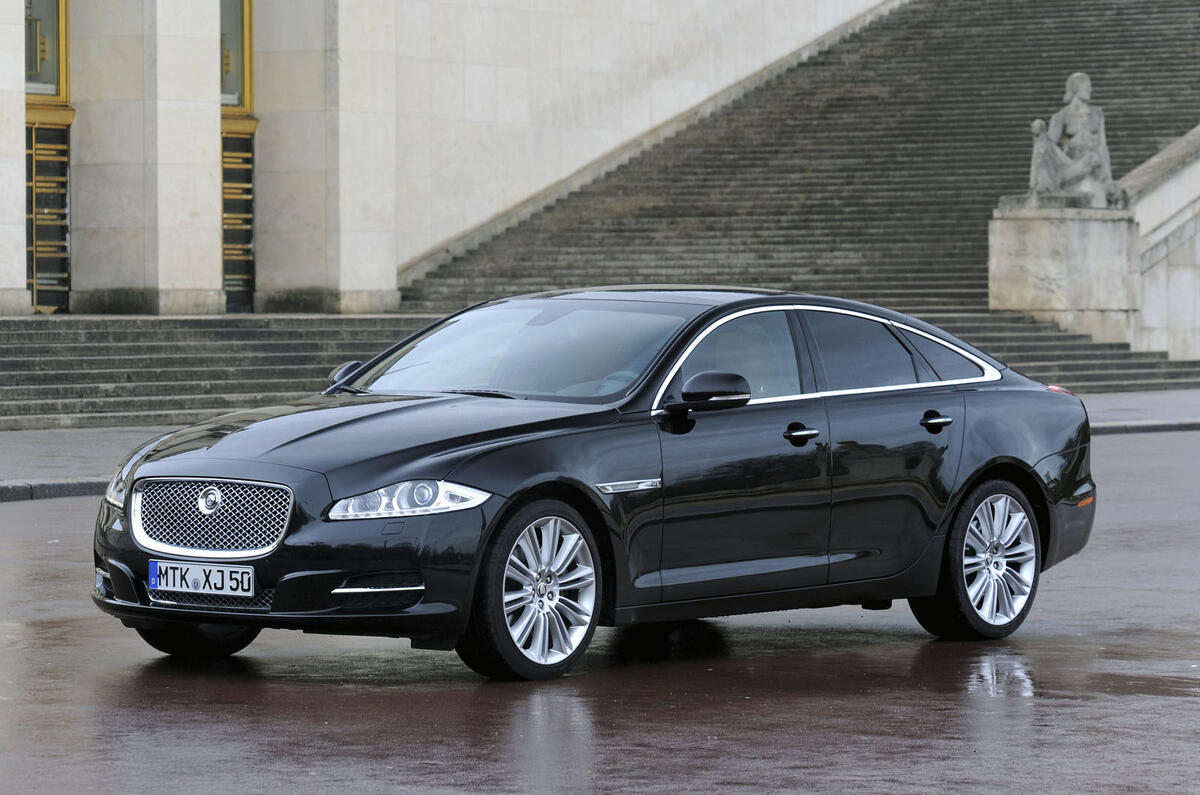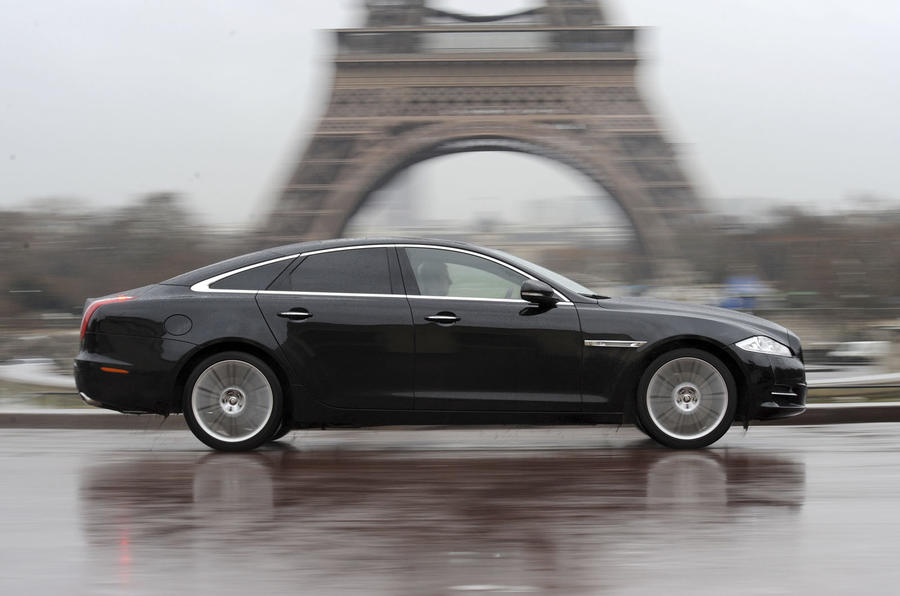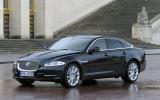What is it?
The middle-sitting version of Jaguar’s brand new flagship four-door, the XJ 5.0-litre V8. It’ll be the biggest-selling XJ in the range globally, and is expected to account for 60 per cent of all XJs built on Jaguar’s Castle Bromwich production line. In the UK, however, it’ll be outnumbered eight to one in the sales stakes by the 3.0-litre V6 diesel model.
It’s not difficult to see why Jaguar expects sales to pan out that way. A diesel XJ costs £7000 less than this petrol V8, like for like; it also offers more torque, is barely half a second slower to 60mph, will be significantly cheaper to tax, and will go roughly 15 miles further to the gallon.
So should you automatically discount this version of Britain’s brave new S-class fighter? Not if you’re smart.
See the Jaguar XJ 5.0 V8 Supersport pics
What’s it like?
Quiet. That isn’t to imply that other versions of this car are noisy – far from it – but it’s amazing how hushed Jaguar has been able to make this car without high-pressure common-rail diesel injection or a whining supercharger to deal with.
Thumb the ‘Engine Start’ button and there’s a distant whirr of a starter motor, followed by a pleasant and momentarily loud exhaust woofle. Shortly afterwards, the engine settles into an idle that’s barely audible through the car’s thickly insulated door seals or via the padded front bulkhead.
On the move, the relatively low compression ratio of that big 5.0-litre V8 means that, while you’re very faintly aware of engine movements in a V6 diesel XJ, you feel no engine vibrations at all in this car. Plenty of low-end torque provides generous, old-fashioned ‘waftability’ around town, and in standard ‘D’ mode the car’s automatic gearbox is perfectly optimised for relaxed, refined urban cruising.
Jaguar’s development engineers claim that, although it’s a regrettable loss, the ‘dialling out’ of the old XJ’s cosseting secondary ride was worthwhile, given what this car gains as part of the compromise. And in this tester’s opinion, they’re right.
It’s true that, in Portfolio specification and riding on 20in alloys, this car feels more directly connected to the road surface than passengers used to travelling in some limousines will expect. At low speeds the new XJ doesn’t glide over ridges and cobblestones quite as imperviously as the old one did.
The trade-off for those lucky enough to be sitting behind the wheel of this new XJ is that it doesn’t float and heave its way along a swiftly tackled country road like the old one might have, either. It’s got body control that’s perfectly judged for barrelling along at eight-tenths, quick, accurate and really communicative steering, an automatic gearbox that’s instantly responsive to the wheel-mounted paddles, and bountiful, tuneful performance.
Two facts in particular should whet your whistle when it comes to driving this car. The first is that, like all new XJs, it has the same steering rack as Jaguar’s excellent 503bhp XFR super-saloon. And the second? That this is the lightest new XJ you can buy. With its aluminium underbody, this car is actually 20kg lighter (in short-wheelbase form) than an identically engined XF. And it drives with every bit as much precision and sporting composure as the smaller saloon, as well as with even greater refinement.















Join the debate
Add your comment
Re: Jaguar XJ 5.0 V8 Portfolio LWB
XJs have always had a unique ride and it's something for which the big Jaguar is renowned. Surely this USP should be retained and not make it more BMW like. The Maserati Quattroporte is a beautiful car but test reports are all less than complimentary about 'sport suspension set up'.
Re: Jaguar XJ 5.0 V8 Portfolio LWB
Series 3 = Jaguar XJ
3 series = BMW
Re: Jaguar XJ 5.0 V8 Portfolio LWB
A good NA petrol : the best engine!